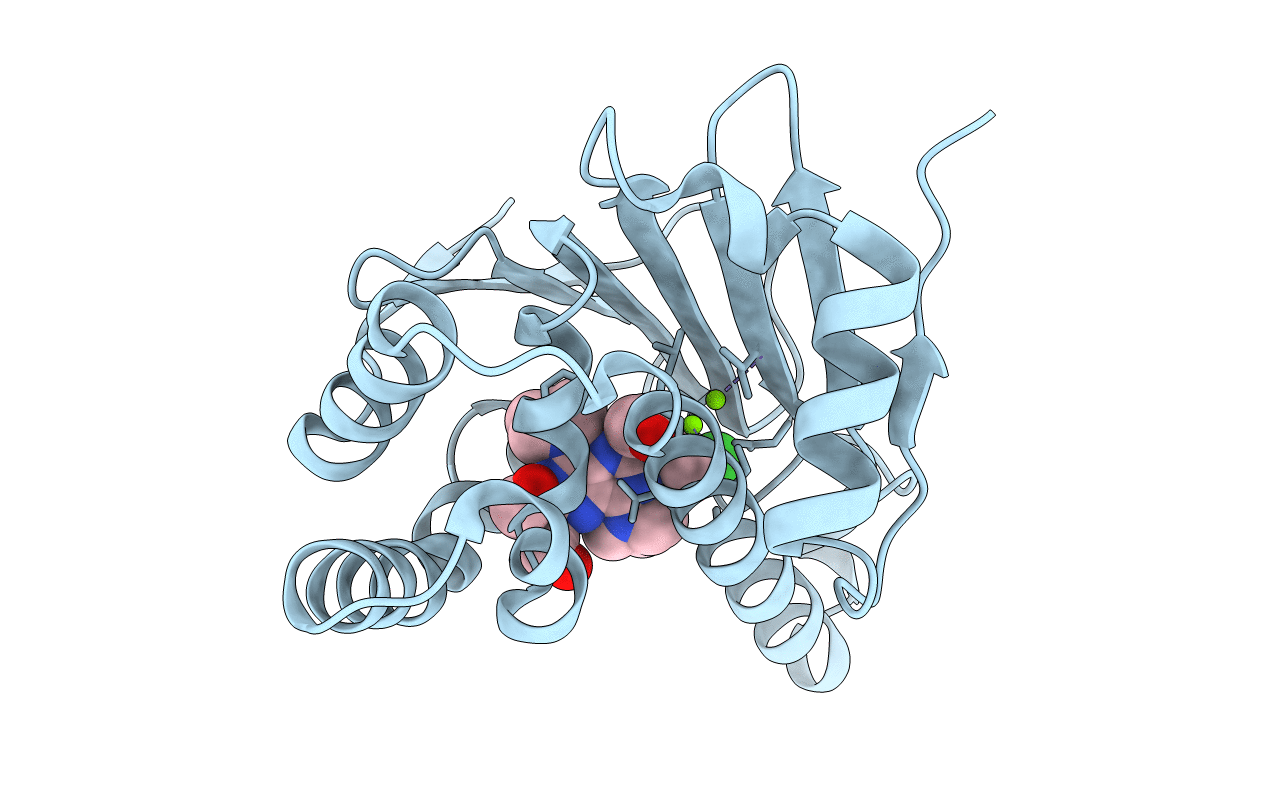
Deposition Date
2020-12-03
Release Date
2021-12-08
Last Version Date
2023-11-29
Method Details:
Experimental Method:
Resolution:
2.34 Å
R-Value Free:
0.24
R-Value Work:
0.20
R-Value Observed:
0.20
Space Group:
I 2 2 2


